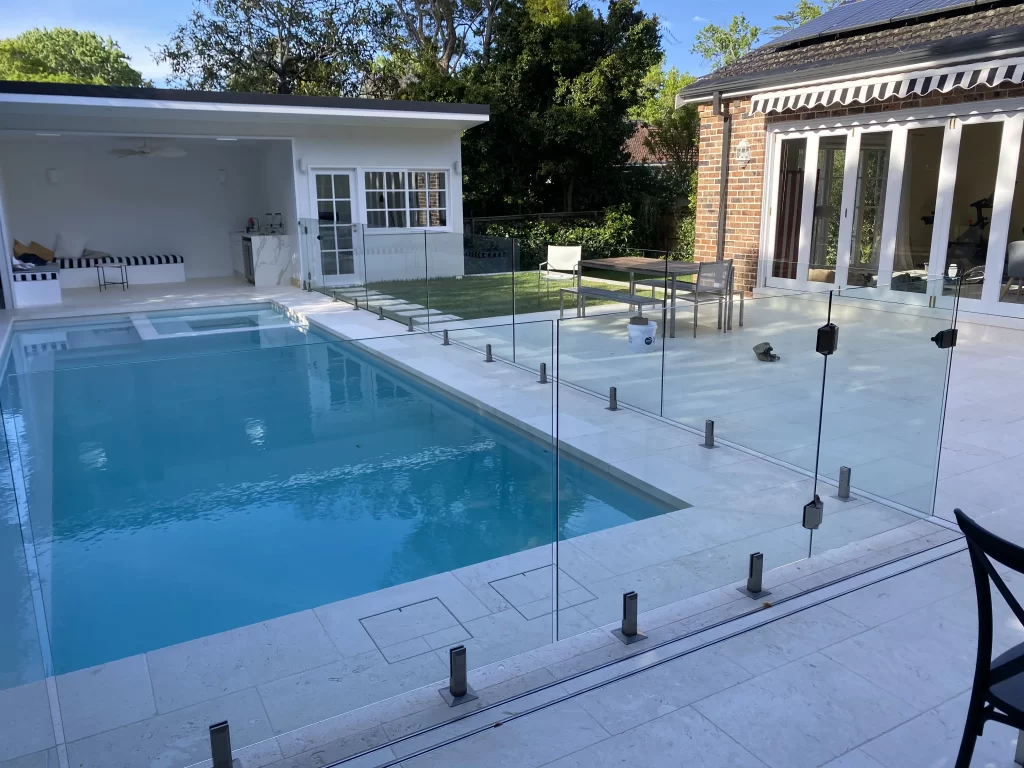Owning an in-ground pool is undeniably a luxurious joy, but with it comes the responsibility of upkeep and maintenance. For many novice pool owners, the unexpected costs associated with pool installation can be overwhelming. One often-overlooked yet vital factor in extending your pool’s lifespan is caulking pool expansion joints.

Understanding Pool Expansion Joints:
An expansion joint serves as a protective line between the top of the pool and its deck. This crucial separation safeguards materials from the inevitable wear and tear caused by their natural expansion and contraction. While most well-constructed in-ground pools feature an expansion joint, it may be absent in some cases. Typically, these joints are filled with a specialised sealant.
Decoding Caulking:
Caulk, a waterproof filler and sealant commonly used in construction and repairs, distinguishes itself with increased rigidity in a dry state. The optimal time to fill the expansion joint with caulk is generally no earlier than 30 days after pool installation. This grace period allows the concrete surrounding the pool to settle, ensuring proper alignment. Thoroughly cleaning the joint area before caulking is crucial for accurate alignment.
Benefits of Expansion Joint Caulking:
Caulking pool expansion joints serves a vital role in sealing any gaps susceptible to water infiltration. Water, though natural, can wreak havoc on a pool’s surroundings. Imagine water seeping under pool decking or behind the tile surround, only to freeze and expand during temperature drops. The ensuing contraction during thawing damages the decking or tile.
Replacing pool tiling or decking comes with a hefty price tag. Caulking steps in to extend the lifetime of your investment. Beyond water damage, temperature swings causing the pool edge to expand and contract can lead to cracks in tiles and concrete. Caulking acts as a preventive measure against such structural damage.
An added advantage of caulking is its ability to thwart the growth of weeds and grass in the gaps between the decking and the pool. These intruders not only mar the visual appeal but can also cause cracks in tiles and concrete, resulting in costly repairs.
While some opt for sand as a cost-effective alternative to caulking, it tends to wash away over time and doesn’t adapt to the structural shifts, leaving gaps. In contrast, caulk remains flexible and in place for up to 20 years, making it a wise long-term investment.
Beyond its longevity, caulk is an eco-friendly material, produced without harsh chemicals. Unlike many other sealants, caulk can be painted over for a seamless appearance. Additionally, caulking is a go-to solution for repairing existing cracks in concrete and tiles, preventing further damage. Addressing a small crack promptly is more cost-effective than facing the prospect of replacing the entire decking in the future.
For all your pool caulking service needs in Sydney, trust Dr Silicone. Call us today at 0412 218 746